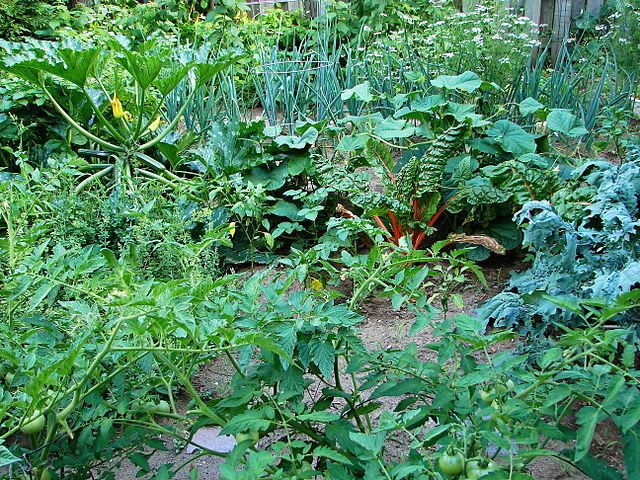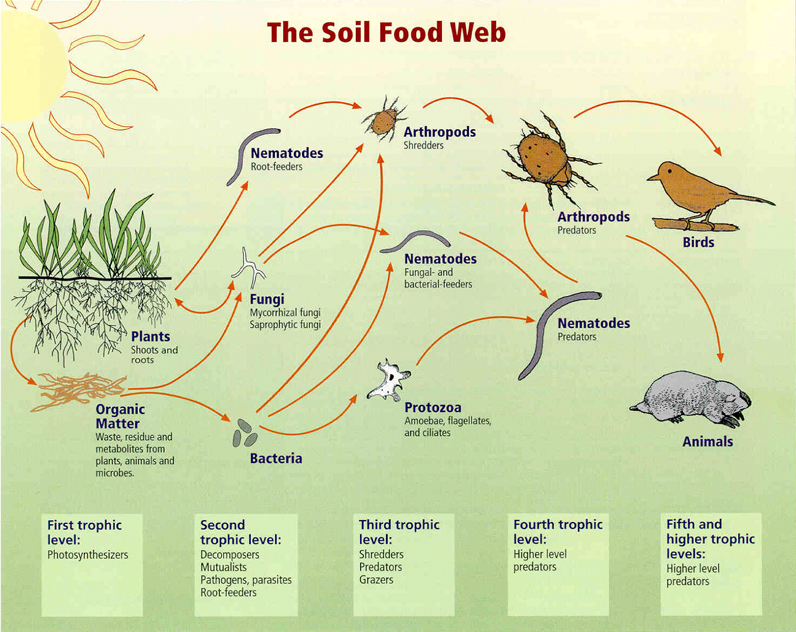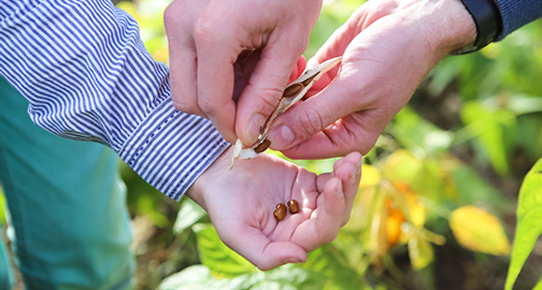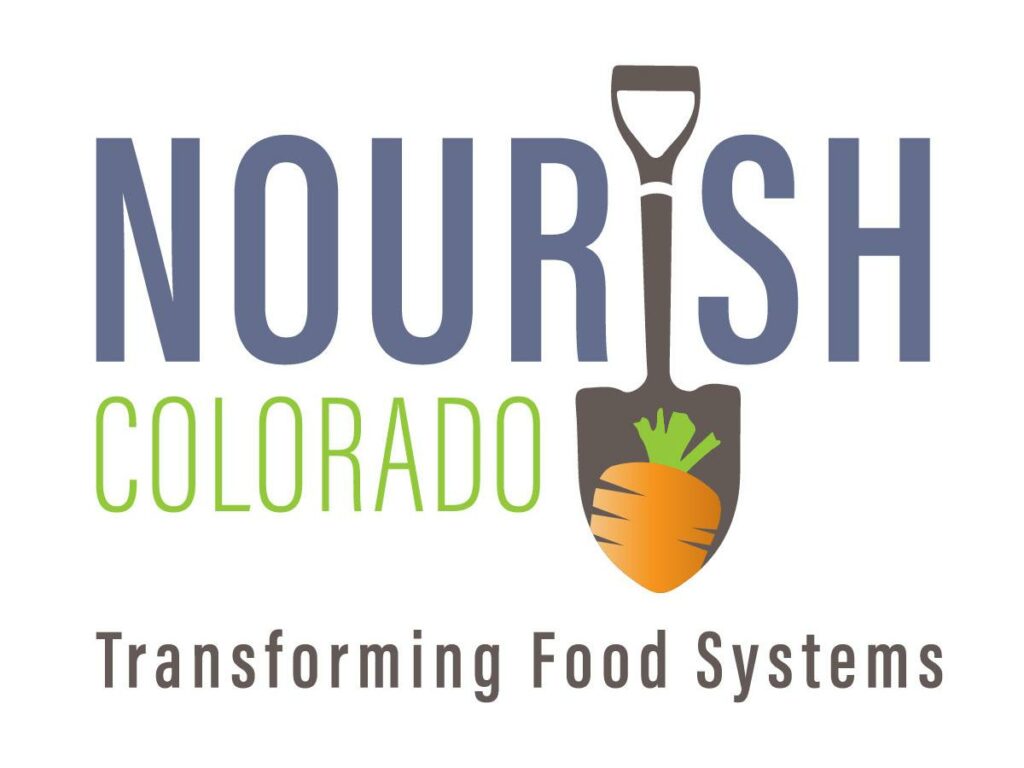by Sarah Thorson and Olivia Brown | CU Boulder MENV
This disclaimer informs readers that the views, thoughts, and opinions expressed in this blog belong solely to the author, students of CU Boulder’s Masters of the Environment (MENV) program and their research, not necessarily to Nourish Colorado as an organization, nor does the blog represent the work that Nourish Colorado is leading.
Happy April! You may remember a blog series from summer 2021 written by a group of graduate students from the CU Boulder Masters of the Environment Program. We’re back this spring and ready to plant some seeds, as we share more of the topics and perspectives that come up in our studies of sustainable food systems. It’s planting season in Colorado, and we are starting out this spring series with some ideas to inspire and assist in growing your own food.
Planning Your Garden in Colorado
CO has a fairly short growing season, and the climate of the state impacts when and how we plant seeds. Now is the time to start seeds indoors, allowing your seedlings time to grow a bit while we wait for the final frost. Once the last freezing temperature has finally passed, plants can be transferred outside to soak up the Colorado sunshine and produce fresh food for your table. Check out this interactive map for the average last frost date in your region of the state to aid in your planning. If you don’t want to plant from seed for whatever reason, acquiring plant starts is also a great option for gardening – just make sure they are hardened off if planting before the final frost date.

The most important question to ask yourself when thinking about what to plant in your garden is: what do I want to eat? There’s little point in growing foods you don’t want, so fill your garden with all your favorite veggies, fruits, herbs, and medicinals. Most of the produce we typically eat are annual plants, meaning they live for the season, die, and need to be replanted in the subsequent year. In contrast, perennials are plants that live for more than two years; perennials either exist year round (think trees) or come back each year from the root system (if you’ve ever grown a mint plant, you may be familiar with this process).
There are many benefits to integrating perennials into your garden. Because you don’t have to replant them each year, there is less labor involved. They tend to require less water, and grow deeper root systems than annuals. Plants with deep roots can pull nutrients up from deeper soil layers, making them available to plants with shorter roots. They also help stabilize the soil and prevent erosion. Commonly eaten perennials include berries, asparagus, fruit trees, and some herbs.
Healthy Plants Start with Healthy Soil
We often think of plants as the base of the food chain, but the world underground is where it all begins. Without a thriving soil system, your garden may not produce as desired. There are three key soil nutrients, often referred to as NPK: nitrogen, phosphorus, and potassium. Each plays an important role in healthy plant development. The nitrogen (N) takes the lead on the initial growth and creates the rich green color we associate with healthy plants. Potassium (K) is necessary for growing flowers, and the phosphorus (P) aids in the fruiting process.
All of the nutrients found in soil originate from rocks; organisms in the soil mine the nutrients from rock matter and make them available to plants. Therefore, a diverse and healthy garden ecosystem depends on a diverse and abundant soil ecosystem. Try these simple at home soil tests to evaluate the health of the soil in your garden and determine if any amendments are necessary prior to planting.

Saving Seeds for Environmental Stewardship and Food Sovereignty
As you prepare for this year’s garden, it’s a great time to contemplate saving seeds at the end of the season. Seed saving may sound intimidating, but it’s a practice everyone can participate in. Seeds are alive, but in a state of dormancy, waiting for the perfect conditions to sprout. The entire being of the future plant is contained within a tiny seed. In saving seeds, you become a caretaker of life.
Seed saving is a practice of collecting seeds from one harvest for use in future replanting. Seeds are often saved with the purpose of maintaining or improving the seed’s health and resilience for the benefit of generations to come. You can help practice this in your own backyard by simply looking for the healthiest plants in your garden and saving their seeds. In this manner, seed saving a variety of healthy plants promotes diversity within our food system – a critical component to maintaining resilience to a changing climate. In contrast to a monoculture system, when you have many different varieties of plants in your garden a single disease or pest is not likely to wipe them all out.
At a time when we have lost over 90 percent of our seed diversity in the last century alone, we need a strong community of seed savers working to preserve our seed biodiversity. Individual gardeners growing and saving seeds helps seeds adapt to changing local growing conditions. Heirloom seeds are seeds that have been saved, adapted, and passed down from generation to generation in this way. You can support seed preservation by growing heirloom varieties in your own backyard.
Seed saving advances seed sovereignty through saving, using, exchanging, and selling your own seeds as you see fit – but this right has slowly become threatened through the privatization and industrialization of seeds. Start seed saving today with the help of this Guide to Seed Saving, Seed Stewardship & Seed Sovereignty by The Seed Ambassadors Project.

Sprouting Soon
Thank you for planting seeds with us! We hope you have found inspiration to get in the soil and grow your own food at home. Keep an eye out in the next few weeks as we continue this blog series journey. Next we will focus on the growth of plants and harvesting, then move on to distribution and procurement.
Seed Resources
- Rocky Mountain Seed Alliance assures a diverse and abundant supply of locally grown seeds for the Rocky Mountain West through networking, education and helping establish community-based models of seed stewardship
- Masa Seed Foundation is a great place to source local seeds in the Boulder/Denver area
- Seed Savers Exchange is another great organization working to advance seed saving to source rare seeds
- Seed to Seed: Seed Saving and Growing Techniques for Vegetable Gardeners by Suzanne Ashworth
- Seed: The Untold Story is an amazing documentary to learn more about the current threat to seed biodiversity, as well as the coordinated Educational Discussion Guide
- Navdanya is an NGO leading the global seed sovereignty movement
- Seed Privatization and the Path Toward Equitable Exchange offers further education around the privatization of seeds and recommendations for an improved system
- The Organic Seed Alliance works to advance ethical seed solutions by promoting research, education and advocacy, publishing guides and reports, sharing resources, and hosting events
